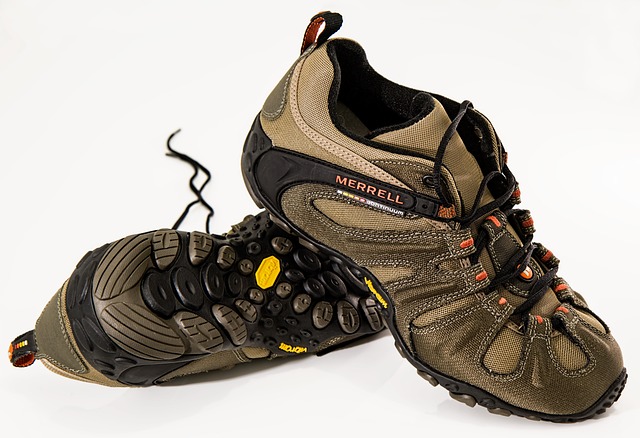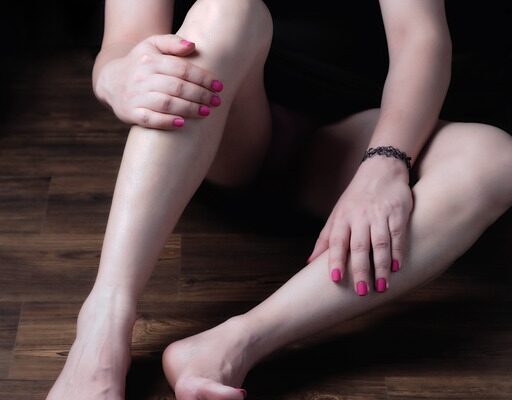If you have tight shin muscles or soreness in your shin, you should stretch your anterior tibialis muscle. This muscle is located in the front of your lower thigh and allows your foot to flex upwards and downwards with control.
This muscle is primarily used during running, walking, and participating in sports that entail frequent sprints, such as tennis and basketball.
Overview
If you increase your time or speed of jogging or walking suddenly, the anterior tibialis may protest, often resulting in painful shin splints.
This condition is also referred to as medial tibial stress syndrome (MTSS).
Shin splints are muscular, tendon, and connective tissue inflammation caused by repetitive stress and overuse. Overuse occurs when you begin a new activity without properly pacing yourself and gradually building up a tolerance to the new exercise.
Overuse can also occur if there is insufficient rest and recuperation time between training sessions. Other factors include anatomical problems with your feet or stride, as well as wearing the incorrect footwear.
Because of its anatomical layout, stretching the shin muscle might be challenging. According to some specialists, this muscle cannot be stretched. Because your foot will not flex enough for a proper stretch your shin.

Stretching the Anterior Tibialis Shin While Standing
This is known as the toe drag stretch.
- Take a seat. For balance, place one hand on a wall or other support.
- Slightly bend both knees.
- Place one foot firmly on the ground. Position your other foot just behind this steady foot, with the stretched foot’s toe on the ground.
- Keeping your toe firmly on the ground, pull the stretching leg forward until you feel a stretch from your stretching foot’s top to your shins.
Hold it in place for 15 to 30 seconds. Rep the stretch with the opposite foot.
This stretch can be used as a warm-up or a cool-down stretch. You can do this stretch any time of the day.
Stretching the Shins While Kneeling
- Kneeling can be utilized to stretch the shins softly. Because you will be sitting on your heels, you must have sufficient knee flexion. If it causes knee pain, avoid it.
- Kneel on a mat with your buttocks over your heels while keeping the tops of your feet flat on the floor.
Hold the position for 15 to 20 seconds.
Stretching the Shins While Seated
This anterior tibialis shin stretch version does not require you to leave your work chair. This one works best with a desk chair that allows you to move your leg under and behind you while sitting.
- Drop your knee to the ground, extending your toes into the ground like in the standing stretch.
- Pull forward gradually while keeping the toes planted on the ground, like in the standing stretch.
Hold the position for 15 to 20 seconds. A rep for the other foot.
You should do this stretch multiple times per day.
Stretching the Shins While Lying Down
The lying quadriceps stretch is very similar to this stretch. When you move the knee backward at the same time, you perform the lying quad stretch (so you get two stretches in one).
- Lie on your side with your upper leg’s knee bent and your foot behind your back.
- Reach back and grab your forefoot, dragging it behind you.
Hold the position for 15 to 20 seconds. A rep for the other foot.
Shin Splint Relief Exercises
Stretching and strengthening your calf and shin muscles can be accomplished through a variety of workouts. If you’re suffering from recurrent shin splints, this set of nine exercises will target the anterior tibialis and improve calves, foot, and ankle flexibility. It’s a terrific stretching and strengthening routine for preventing shin splints.
- Calf stretch and seated ankle dorsiflexion
- Calf stretch and bent knee ankle dorsiflexion
- Walking on your toes
- Heel walk
- Standing ankle dorsiflexion stretch
- Straight knee calf wall stretch
- Bent knee calf wall stetch
- Wall toe raises
- Foot step holds
Other Precautions
There are ways you can do to avoid shin splints or make them worse. One method is to use orthotics. Because shin splints are common in those who run or walk on hard surfaces, minimizing the amount of shock the body receives can help to keep shin splints from worsening.
Shin splints are essentially an overuse injury. Warming up before exercise and not rushing into a new jogging regimen are two methods to avoid shin splints.
Shin Pain Treatment
Icing the shins is one method of treating the irritation caused by shin splints. Nonsteroidal anti-inflammatory drugs (NSAIDs) like naproxen and ibuprofen are also effective at reducing inflammation and pain.
Another technique of pain management being researched is transcutaneous electrical nerve stimulation or TENS. TENS devices are used in a variety of methods to alleviate pain caused by musculoskeletal problems. Its effectiveness in relieving shin splint pain is being studied.
Alternative Therapies
If you have recurring shin splint pain, you might try shin splint physical therapy. A therapist can provide you with a tailored series of stretches and exercises to address your individual needs.
Kinesiology taping is a method of supporting muscles that may aid in the treatment of shin splints. Taping also helps to raise the skin, allowing more blood flow and promoting healing.
Cupping is an ancient technique in which skin is suctioned into a cup to provide a prolonged stretch; it was found to relieve shin splints when used in conjunction with physical therapy and stretching in one research. More research is needed, however, to determine the overall effectiveness of cupping for shin splints.
Rest
Stop all activities at the first sign of shin splint pain and rest until the pain subsides. If you must return to your starting point, walk slowly and try to walk on softer surfaces (rather than concrete). The softest trails will be dirt, but asphalt is far superior to concrete.
If you have recurring shin splints, you should stop walking or jogging for two to four weeks to enable your shins to recover. Use that time for activities that will not strain your shins, such as swimming or biking.
Rehabilitation Exercises
Calf muscle stretching and strengthening can help treat and prevent shin splints, as tight calf muscles are a cause of the condition. Toe raises, and lower leg stretches can help strengthen the surrounding muscles and increase flexibility, allowing you to overcome shin splints.
Consult a physical therapist to understand the exercises and strategies required to strengthen and balance your leg muscles.

Correct Footwear
Check your footwear to see if it is time to replace your shoes while you are recovering. It’s time to go to a dedicated sports shoe store and get fitted for the proper footwear for your activities.
You should also talk to a podiatrist about whether arch supports or orthotics are right for your arches. Orthotics have been shown in studies to be effective in reducing medial tibial stress syndrome.
To Conclude
Stretching your anterior tibialis muscles can help prevent and treat MTSS, often known as shin splints. Stretching and exercising as you increase your running or walking miles is a good approach to avoid shin soreness.
If you do experience shin pain, keep stretching and resting as much as possible. Other therapies should be sought from a healthcare provider.

